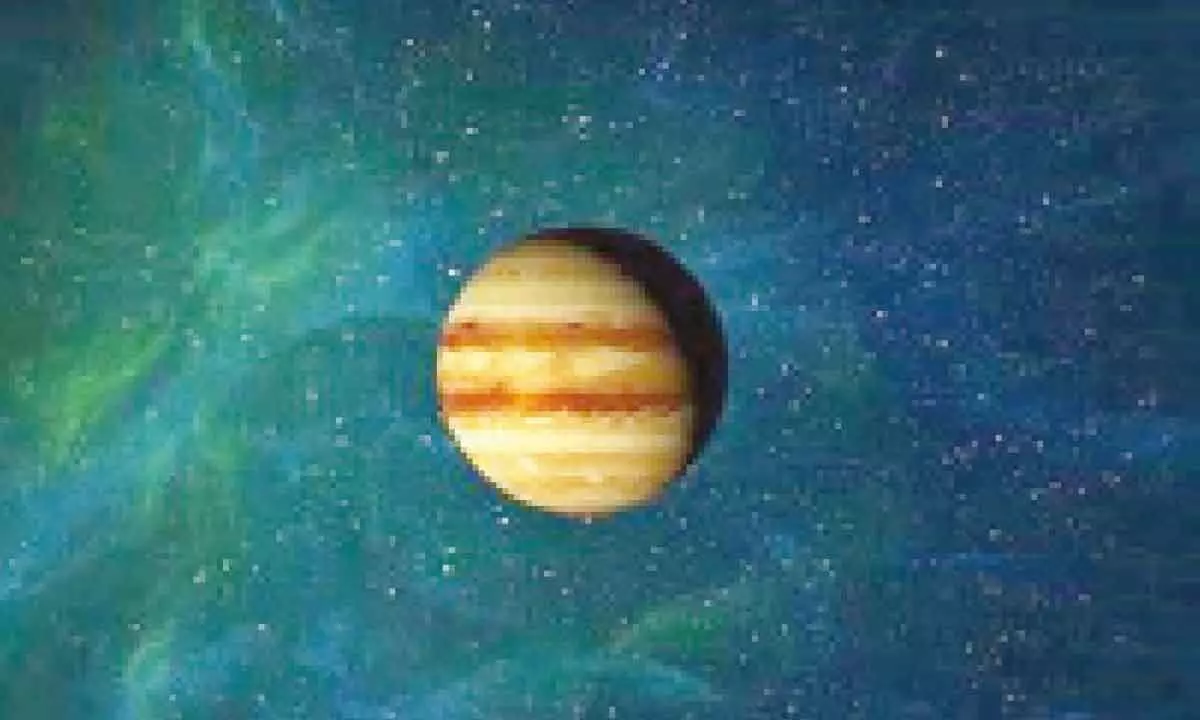How Jupiter & Saturn's icy moons got smooth terrain

We found the surface shaking from moonquakes would be enough to cause surface material to rush downhill in landslides. We’ve estimated the size of moonquakes and how big the landslides could be. This helps us understand how landslides might be shaping moon surfaces over time
Scientists have offered an explanation of how quakes could be the source of the mysteriously smooth terrain on moons circling Jupiter and Saturn.
Many of the ice-encrusted moons orbiting the giant planets in the far reaches of our solar system are known to be geologically active.
Jupiter and Saturn have such strong gravity that they stretch and pull the bodies orbiting them, causing moonquakes that can crack the moons' crusts and surfaces.
New research shows for the first time how these quakes may trigger landslides that lead to remarkably smooth terrain.
The study, published in the journal Icarus, outlines the link between quakes and landslides, shedding new light on how icy moon surfaces and textures evolve.
the surfaces of icy moons such as Europa, Ganymede, and Enceladus, it's common to see steep ridges surrounded by relatively flat, smooth areas.
Scientists have theorised that these spots result from liquid that flows out of icy volcanoes. But how that process works when the surface temperatures are so cold and inhospitable to fluids has remained a mystery.
A simple explanation outlined in the study doesn't involve liquid on the surface. Scientists measured the dimensions of the steep ridges, which are believed to be tectonic fault scarps (like those on Earth)- steep slopes caused when the surface breaks along a fault line and one side drops.
By applying the measurements to seismic models, they estimated the power of past moonquakes and found they could be strong enough to lift debris that then falls downhill, where it spreads out, smoothing the landscape.
"We found the surface shaking from moonquakes would be enough to cause surface material to rush downhill in landslides. We've estimated the size of moonquakes and how big the landslides could be," said lead author Mackenzie Mills, a graduate student at the University of Arizona in Tucson.
"This helps us understand how landslides might be shaping moon surfaces over time," added Mills, who conducted the work during a series of summer internships at NASA's Jet Propulsion Laboratory in Southern California. NASA's upcoming Europa Clipper mission, bound for Jupiter's moon Europa in 2024, will give the research a significant boost, providing imagery and other science data. After reaching Jupiter in 2030, the spacecraft will orbit the gas giant and conduct about 50 flybys of Europa.


















